There are so many fantastic books to support the teaching of science. Here are five which are among my current favourites:
Christian the Hugging Lion
I discovered this picture book version of this true story in my local book shop which is a treasure trove of inspiration. At first, I wasn’t sure exactly where in the curriculum I would use it but I knew it was too good not to use.
The beautiful picture book tells the story of Christian the lion who was bought from Harrods in the 1970s by two Australian friends: Ace and John. They did their best at raising the boisterous cub in their London flat giving him plenty of love and affection. They even asked the local church if they could exercise him in their grounds. Unfortunately, it was not long before it became apparent that they could not care for his needs. After much hard work, Ace and John successfully returned Christian to a nature reserve in Africa where he could live the life of a wild lion. Years later they returned to Africa to see their old friend Christian now a fully grown lion. Would he remember them? You will have to read the story to find out.
So where does this wonderful story fit with the science curriculum?
In the animals including humans strand of the National Curriculum children learn about the needs of animals for survival and habitats. Through this story, the children really question whether the needs of a wild animal, like a lion, can be met in London and how London differs from their natural habitat. As you can imagine, the story creates a very emotive response and the children are shocked that you really could buy a lion from a department store.
Although thoughts on animal welfare have thankfully moved on significantly since the 1970s, I was surprised to discover that there is still a worrying amount of trade in ‘exotic animals.’ This could lead to discussions in the classroom about pets and how we care for the needs of animals.
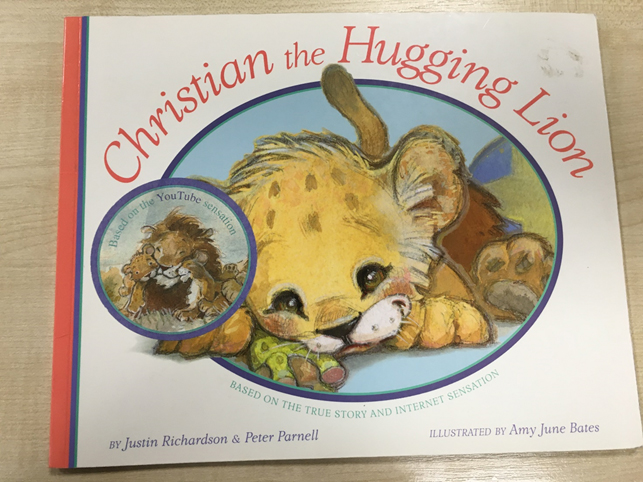
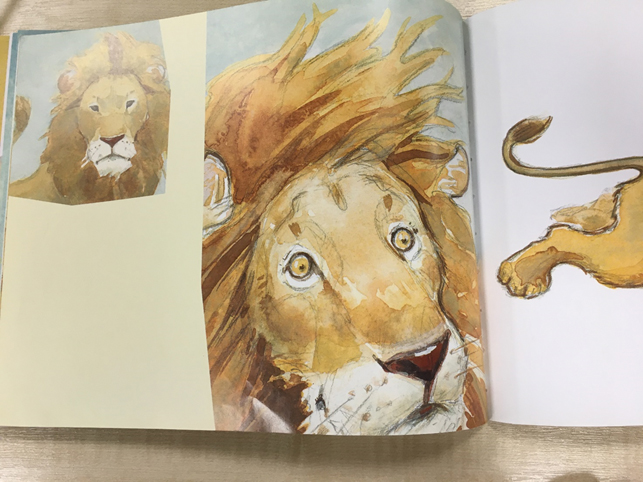
Steve Backshall’s Deadly 60
I didn’t realise how popular Steve Backshall was until I moved into primary teaching. However, I soon discovered that his enthusiasm and wonder at the animal kingdom is infectious. I used this book when teaching about adaptations of animals. We enjoyed reading about some of the deadly creatures some of which already had a fierce reputation and some that were less well known.
For example, did you know that a honey badger can devour scorpions and can stand up to a lion or that the male platypus is one of the very few venomous mammals?
To show their understanding of adaptations, habitats and feeding relationships the children went on to create their own mythical deadly creatures with adaptations that helped them survive in their own habitats. They then adopted Steve Backshall’s dramatic style to write their own explanation texts about their animals and create their own deadly class book. Needless to say, this series of lessons really got the children’s creative minds going and the engagement and outcomes were both very pleasing.
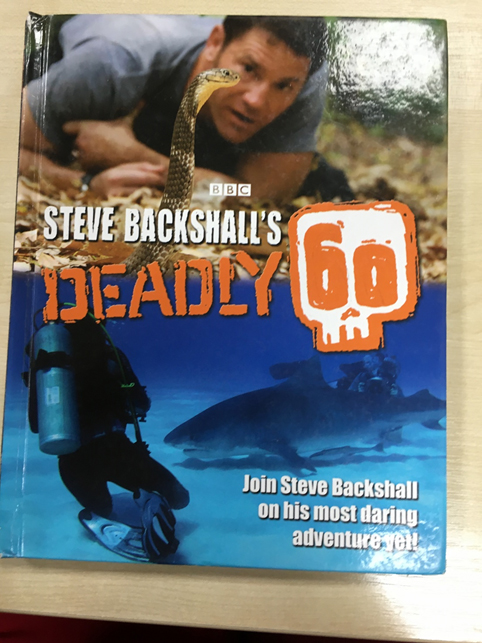
A Pandemonium of Parrots and Other Animals
This book was another discovery from my local book shop. I was immediately drawn to the title and the colourful illustrations and I when I opened the book I was not disappointed. Each double page spread features attractive illustrations of an animal accompanied by a beautiful poem about that creature inspired by its collective noun.
Collective nouns for animals are fascinating. We all know some: dogs come in packs, fish in schools and birds in flocks. But did you know that a group of frogs is an army or that penguins come in a huddle? What struck me is how descriptive some of these collective nouns are in terms of the physical appearances or behavioral qualities of animals. I love a bouquet of hummingbirds and a conspiracy of lemurs. The collective nouns immediately create a range of images in my head. A conspiracy of lemurs reminds me of walking through the lemur enclosure at my local zoo and thinking back it certainly did feel like they may be conspiring.
The short poems pick out further features of each animal and could lead to some good discussions such as: Why do lizards lounge and penguins huddle? What does it mean to ambush and why do tigers do this?
After reading the book, I am sure the children will be inspired to find out the collective nouns for other animals and perhaps even write their own poems. I know I certainly was!
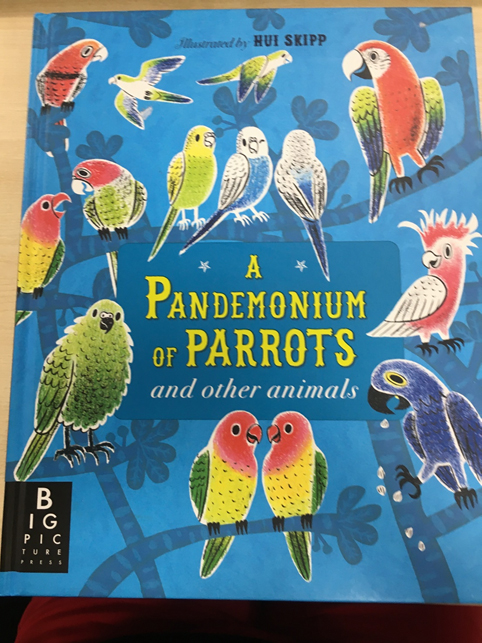
A Tiny Seed- Eric Carle
This is a fantastic picture book to use in the Year 2 plants topic when learning about the role of seeds in the life cycle of a plant. The book shares the trials and tribulations seeds encounter as the tiny seed in the story watches many seeds meet an unfortunate fate. The tiny seed in this story is lucky enough to make it to a suitable place to germinate and grow into an adult plant.
This story helps children remember what seeds need in order to germinate and then grow into a healthy young plant. Below is a Year 2 boy recreating his own wonderful version of the story.
Extract from Developing Young Scientists Part 2:
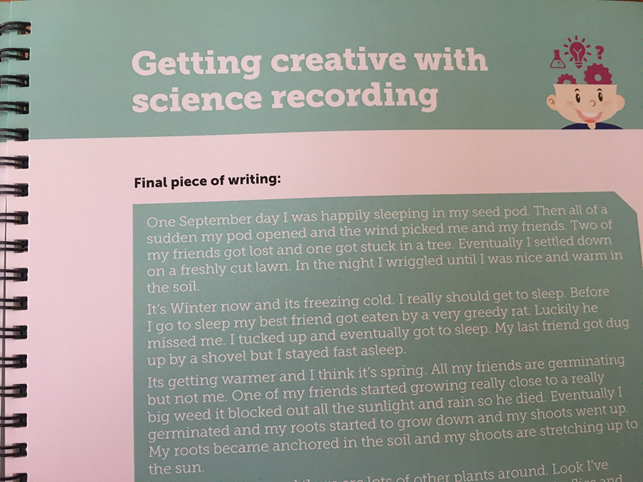
Little Changes, Tiffany Taylor
How the Borks Became, Jonathan Emmett
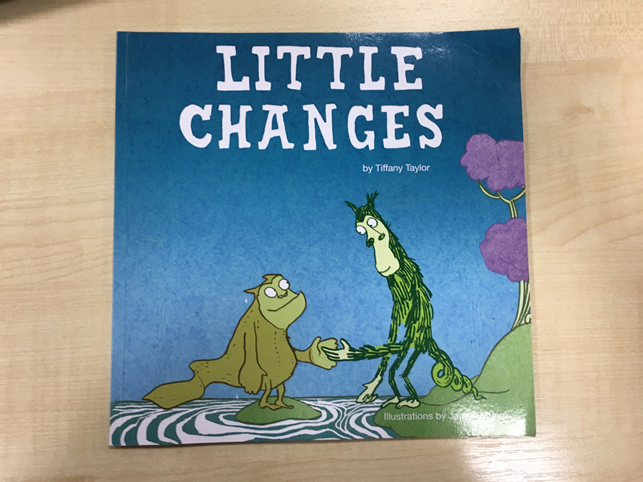
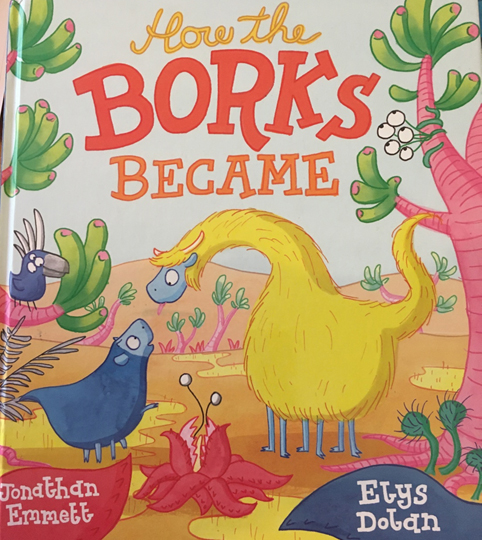
Evolution is a tricky concept to teach so why not use a rhyming picture book to help? Both of these stories use mythical creatures and rhyme to take the children through the steps involved in evolution. With attractive pictures, the books identify some of the key concepts for children to grasp in understanding evolution (variation, adaptation, survival of the fittest and inheritance).
Hooking the process of evolution on to a story can make it both more accessible and memorable.



